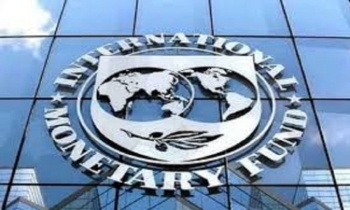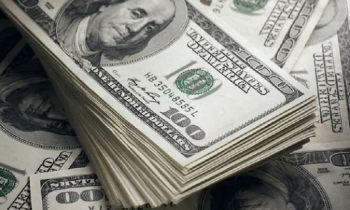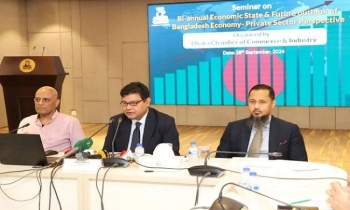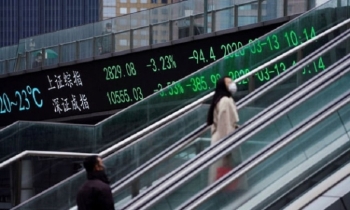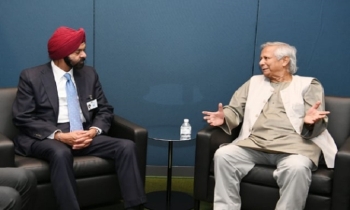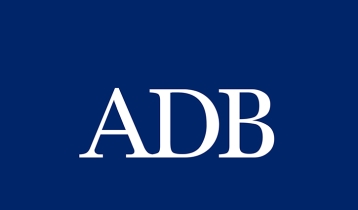Prices of some medicines set to go up
Asif Showkat Kallol || BusinessInsider
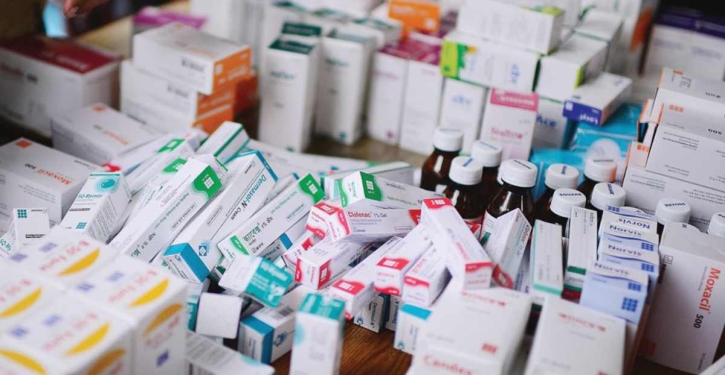
Photo: Representational
The Health Services Division under the Ministry of Health and Family Welfare on Sunday decided to make upward adjustments to the prices of some medicines including IV fluids, an official of the ministry, said.
The decision was made at a meeting of the ministry. Anwar Hossain Hawlader, Secretary of the Division of Health Services, chaired it.
Other officials of the Ministry of Commerce, Directorate of Drug Administration, Directorate of Consumer Affairs also attended the meeting.
Ashraful Islam, director of the Department of Drug Administration, told Business Insider Bangladesh that some manufacturers had sent a proposal to the Department of Drug Administration to increase the prices of IV fluids. However, the price hike might be declared by Monday afternoon.
In June, due to the increase in the prices of fuel oil and the US dollar, the drug administration department had hiked prices of medicines giving way to the pressure of the drug companies.
According to the sources of the Department of Drug Administration, more than 27,000 branded medicines of under 150 generics (categorical or national) are manufactured in the country. Of these, prices of only 117 drugs are controlled by the government. The prices of most of the drugs that are out there are determined by the drug companies.
Pricing is subject to the approval by the Department of Drug Administration, but pharmaceutical industry representatives are there through a meeting.
Sources in the health services division said, sales of drugs which are not in the list of essential drugs is more than those which are in the list of essential drugs. But that list doesn’t get any bigger. Meanwhile, pharmaceutical companies control prices as they see fit, taking advantage of not increasing the inventories of the life-saving drugs. The increase in drug prices does not stop. It increased a few days ago. Now again the price of some medicines is on the rise, sources added.
Generally, the cost of medicines depends entirely on imported raw materials. However, there is some impact on import and export of raw materials on the drug prices. Meanwhile, the dollar became costlier.
Officials of the Department of Medicines Administration said if a request for price increase is made to them, they first scrutinise it. If their appeal is justified, the price is increased. It is actually routine work. If the price of dollars’ increases, if the price of oil increases, if the prices of raw materials increase, drug prices follow them.
It has been seen that the prices of the drugs that people need more have been increased frequently. Paracetamol is most commonly used in various diseases including cold and fever. Its price has increased from Tk 20 to Tk 35 per blister pack. A 100-ml Paracetamol bottle which was priced at Tk 30, is now being sold at Tk 50. Napa tablets, which were priced at Tk 8 per blister pack, have gotten to Tk 12, Similarly, Napa Rapid from Tk 8 to Tk 13 and Napa Extend got Tk 20 per blister pack from Tk 15.
Square Pharma’s blood pressure mitigating drug Engilok was sold at Tk 80 per blister pack which got to Tk 100. Amodis tablets for stomach ailments were Tk 12 and rose to Tk 17. The prices of some antibiotics have also increased. Square Pharmaceuticals’ Cef-3 tablet blister pack (30 mg) was Tk 13 which is now selling at Tk 145.

